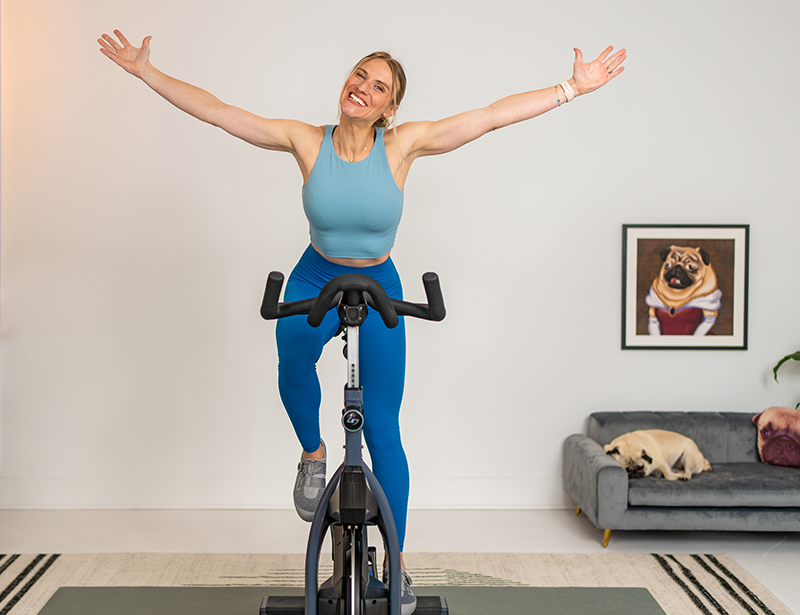
Kaleigh Cohen Fitness
From creating an online class for her mum, to full-time content creation and a community that’s hundreds of thousands strong – Kaleigh Cohen shares her story with RIDE HIGH.
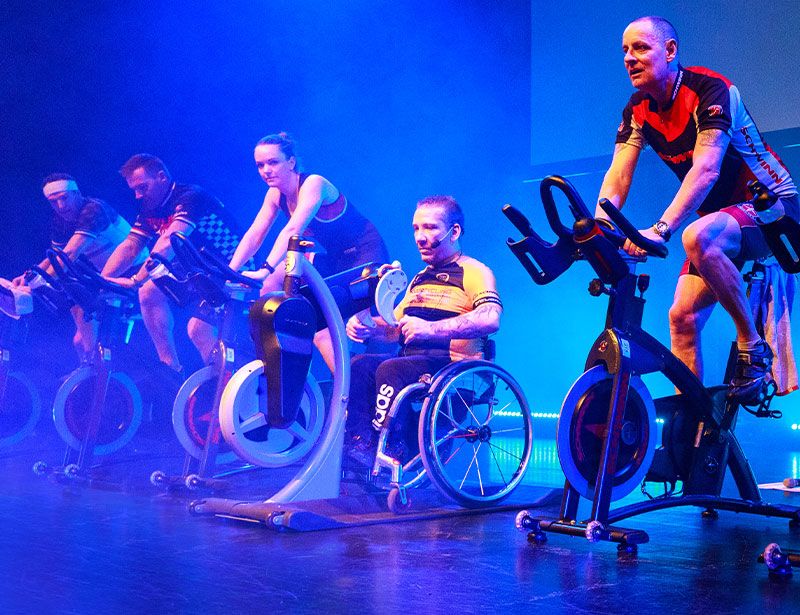
Dis/ability
Graham Burns was the first wheelchair user in the world to complete Schwinn’s indoor cycling instructor training, challenging perceptions of what it means to be disabled in the fitness sector. He shares his story with RIDE HIGH.

Cycling Sophie
Sophie Joline Fischer is a pro cyclist turned indoor cycling influencer whose YouTube channel is changing the face of indoor cycling in Germany – and beyond. She speaks to Kate Cracknell.
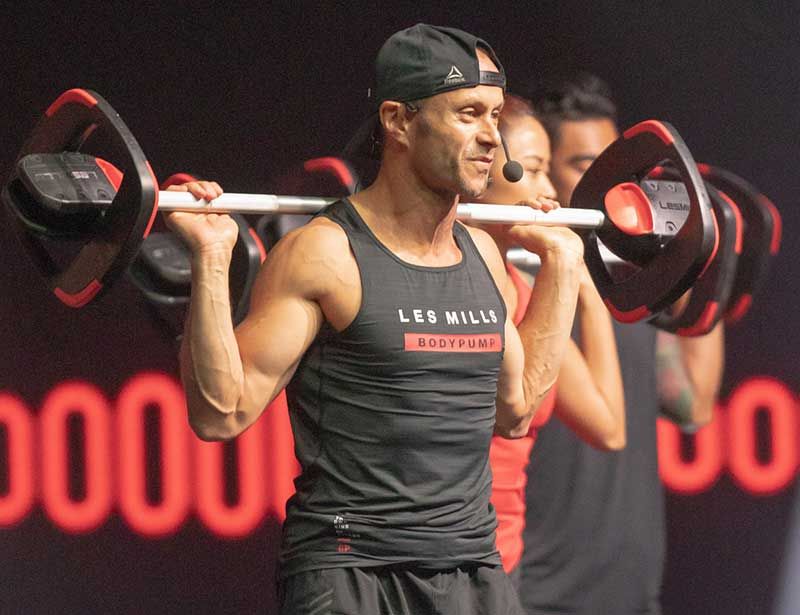
The making of a rockstar
What does it take to be a rockstar instructor? It’s one of those things, isn’t it: we all know when someone is one, but it’s hard to pin down exactly why – what the ingredients are that make up their ‘secret sauce’. Here, our panel of experts explain what they think it takes to be a group exercise superstar.
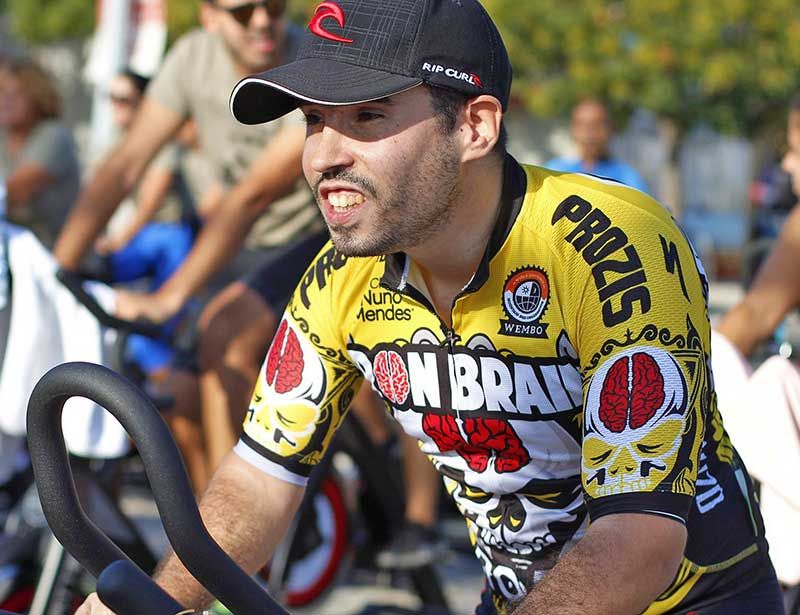
Nothing is impossible
‘The word impossible’ shouldn’t exist in the dictionary, says indoor cycling enthusiast Nuno Ribeiro. He tells Kate Cracknell why cerebral palsy wasn’t enough to stop him becoming an instructor.
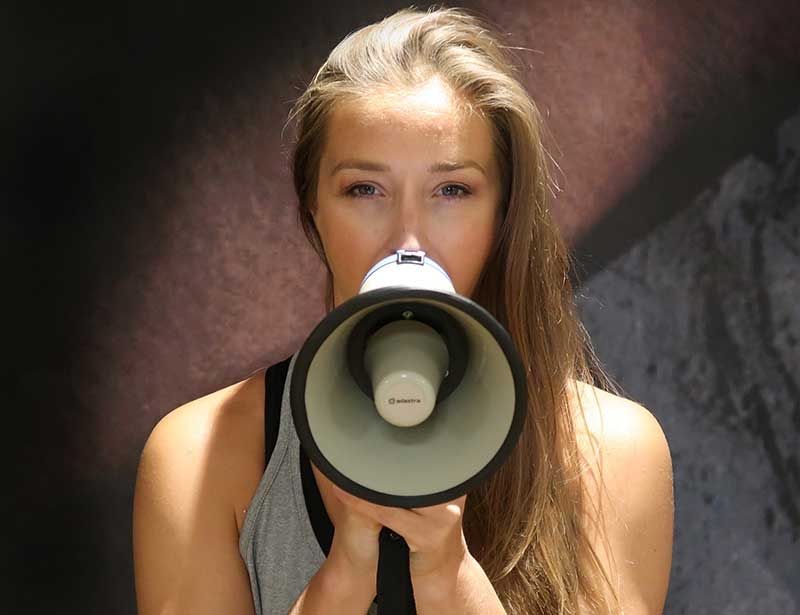
Are you vocally fit?
Are you a group exercise instructor with a tired or strained voice, or an operator whose instructors are struggling to be heard in class? Susie Millen, founder of My Vocal Fitness, shares five invaluable tips.
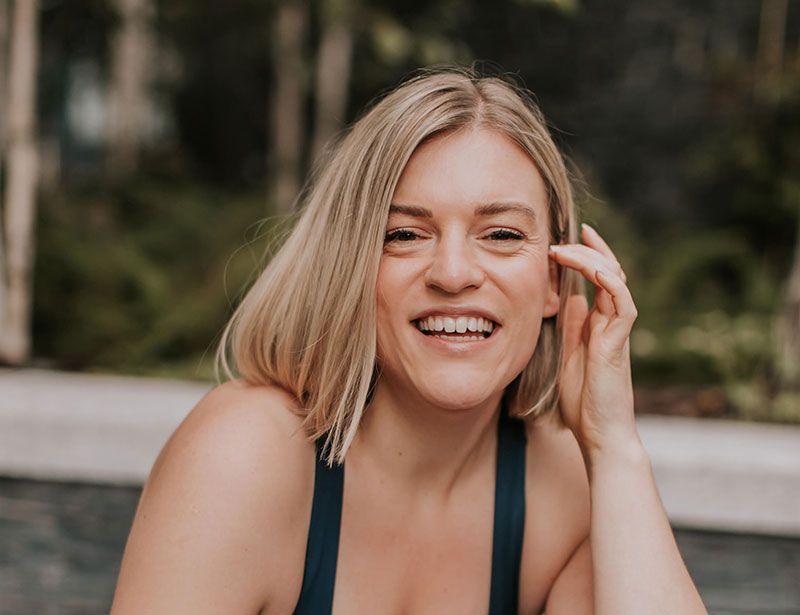
Redefining fitness
Influencer, author, podcast host, cycling instructor, personal trainer – and passionate advocate of intuitive movement. The irrepressible Tally Rye speaks to Kate Cracknell
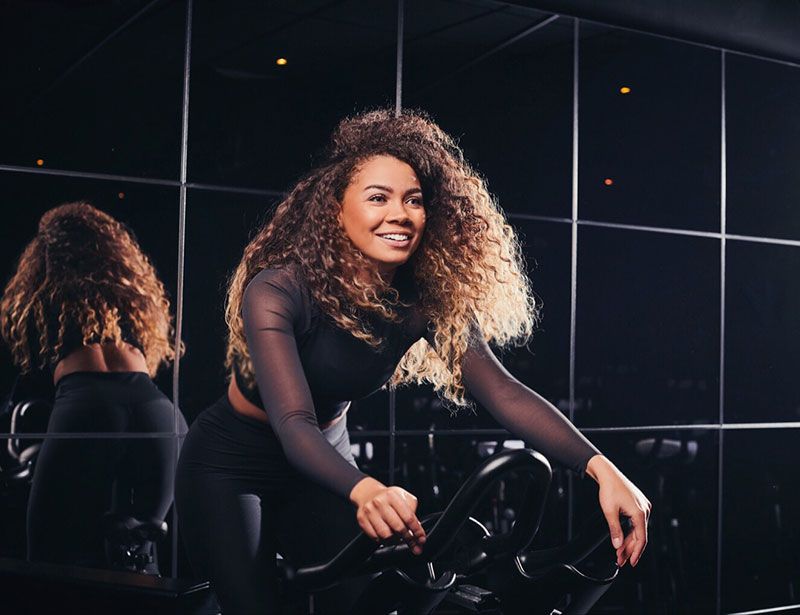
Heart & soul
From star of the stage to star of the SoulCycle studio. Lauren Naomi, one of SoulCycle’s top London instructors, shares her story with Kate Cracknell
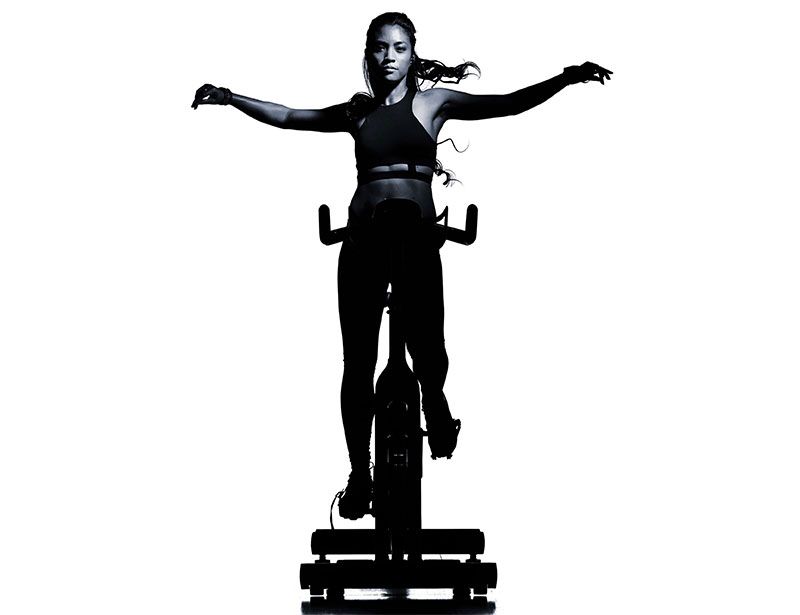
Get the world grooving
In the first of our rockstar instructor series, GrooveCycle founder SJ Aboboto explains how a background in dance shaped a cycling concept where results are measured on the breadth of your smile
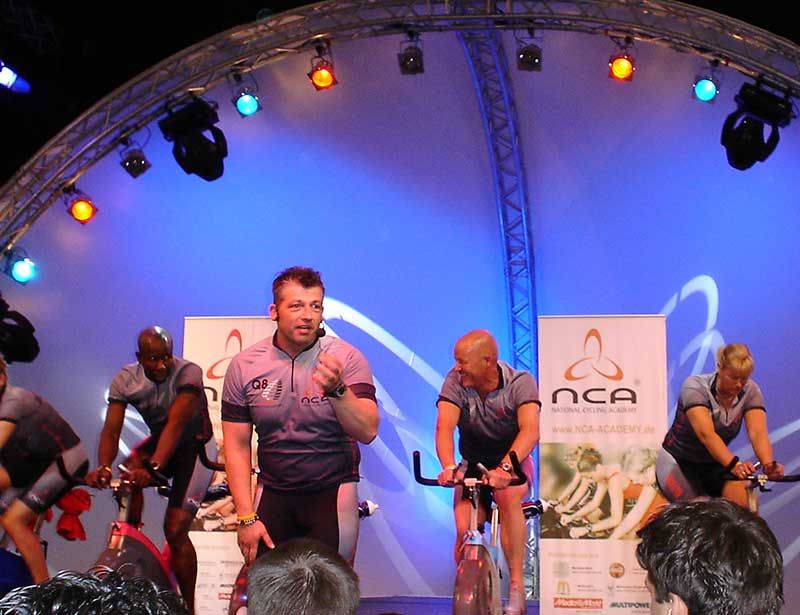
Ralph Butzin
World record-breaking events, thousands donated to charity, and an appeal to instructors to leave their egos at the door. Ralph Butzin – founder of Germany’s National Cycling Academy and one of the country’s Spinning pioneers – speaks to Kate Cracknell.

Conceived, powered and funded by BODY BIKE®, RIDE HIGH has a simple mission: to celebrate and champion the very best of indoor cycling, sharing ideas, stories and experiences from around the world to inspire the sector on to even bigger and better things. Subscribe for free by leaving your details below and we'll send indoor cycling's hottest news direct to your inbox three times a year.


